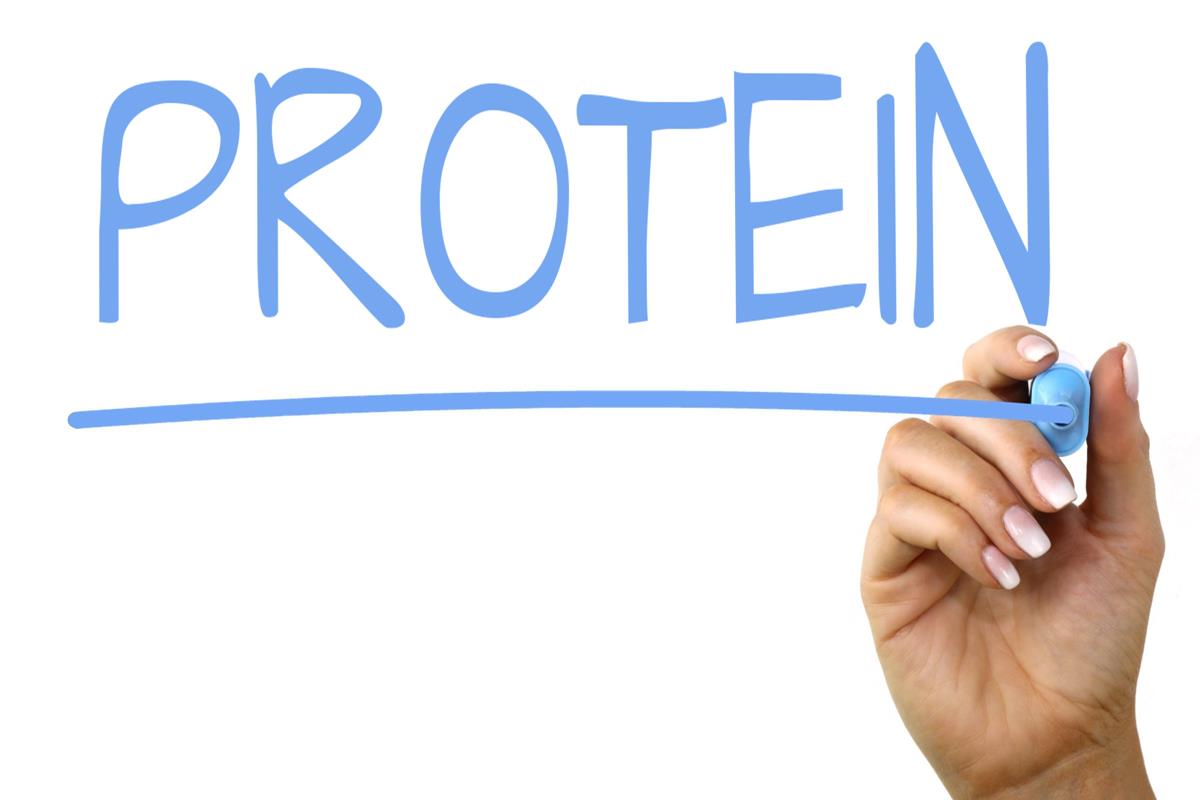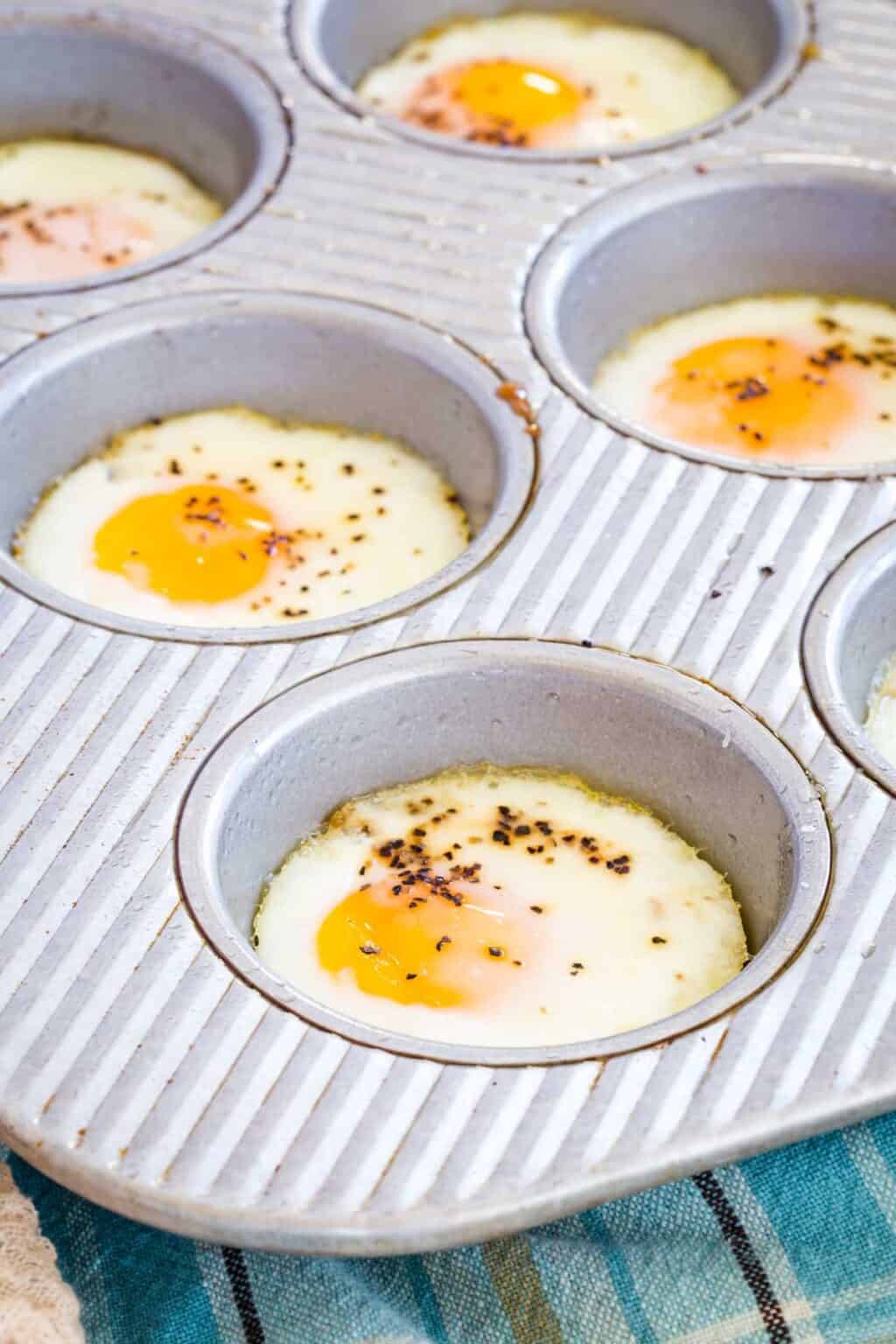
It is heartening to hear that research shows healthy habits such as diet and brain games can extend life. These health recommendations are undoubtedly good. But perhaps there is a secret weapon for fighting aging and promoting health that has been hidden for too long. I believe it must be exercise.
Exercise can help reverse the aging process of muscles and bones. This is not science fiction. The latest research reveals how exercise exerts its powerful effects by repairing tissues that deteriorate with age.
A recent study in *Nature Communications* provides a clearer picture. The study found that exercise significantly increases levels of a special molecule called CLCF1 in the blood. These molecules then inhibit age-related decline. The findings specifically noted that resistance training and high-intensity interval training (HIIT) can boost CLCF1 levels. Interestingly, the effort you put into your workouts directly produces these compounds in your body.
Experts point out that the activity of CLCF1 naturally declines with age. This decline may trigger various health issues associated with aging. Therefore, finding ways to maintain its levels may be a key strategy for maintaining health. This study emphasizes the importance of exercise as an active measure to counteract the effects of time.

StudyFinds provides an excellent explanation of CLCF1, which belongs to a family of proteins called myokines. Myokines are like “text messages” sent by your muscles about movement. This information is crucial for your body. Some messages tell fat cells to burn more energy, for example. Others tell bones to become stronger. Some messages even reach the brain, improving mood and memory. This vividly illustrates the communication process occurring within your body every time you exercise.
To delve deeper into this phenomenon, scientists conducted experiments involving mice and humans. In the mouse model, they injected elderly mice with CLCF1 for two weeks. These mice were equivalent to humans around 80 years old. After the experiment, the results were exciting. The mice showed significant improvements at the end of the study, including enhanced grip strength, improved cardiovascular endurance, increased bone density, muscle growth, and elevated energy levels. The fact that a single factor influences multiple aspects is quite remarkable in aging individuals.
On the other hand, it is equally striking that researchers intentionally suppressed CLCF1 activity in mice. These animals performed significantly worse in the same categories. This inverse relationship suggests that CLCF1 is not only associated with better aging but also actively participates in it. This evidence helps us understand how exercise exerts its magical effects.
It is worth noting that the study found differences. Moderate-intensity aerobic exercise, such as walking, did not significantly increase CLCF1 levels. This does not negate the value of walking, which has countless benefits in itself. However, if the goal is to maximize CLCF1 levels, resistance training and HIIT are more effective. The researchers summarized these findings. They wrote that CLCF1 has beneficial effects on musculoskeletal health. It may represent a potential therapeutic target for age-related diseases.
In addition to the findings on CLCF1, other studies have long praised resistance training. There is good reason for this. It is hailed as an effective method for muscle gain and weight loss. Take, for example, a study published in 2023 in the journal Diabetes Care. The study found that strength training was more effective for weight loss than aerobic exercise or combined exercise. This is particularly important for those facing metabolic challenges.

The primary goal of strength training is to promote muscle growth, Andrew said. He pointed out that strength training aids in weight management because it allows you to burn more calories at rest. This is a key insight for weight loss. This means that even if you don’t exercise, you can burn more calories throughout the day, he said. This process makes strength training a winning strategy for weight loss. It is a metabolic advantage that is built up over time.
Weight gain is common among women. While common, managing this change is highly beneficial for health. Weight gain after menopause increases the risk of serious health issues. Examples include heart disease, respiratory issues, and type 2 diabetes. Certain cancers, such as breast cancer, colon cancer, and endometrial cancer, are also risk factors. Understanding this motivates me to seek beneficial strategies, not just for appearance but for overall health.
So, why does weight often increase during menopause? Research indicates that this weight gain, which affects many women, is linked to muscle loss. Muscle loss is influenced by hormonal changes. Hormonal changes also affect where fat is stored, leading to increased fat around the abdomen. One study found that women approaching menopause doubled their fat mass during those years.

Research shows that one way to help manage weight and blood sugar associated with menopause is to focus on foods that take longer to digest. This means following a low glycemic index diet. The glycemic index measures the extent to which foods affect blood sugar and insulin levels. Foods that are digested quickly and have a significant impact score high, at 70 or above. Foods with a moderate impact have a glycemic index between 56 and 69. Foods with a low impact are digested more slowly and have a glycemic index below 55.
To start building your meal plan, consider adopting a low-GI Mediterranean diet. This means choosing lean meats, such as fatty fish and poultry. Include healthy fats from nuts, seeds, avocados, and olive oil. Moderate intake of legumes, lentils, and whole grains. Focus primarily on a variety of low-GI fruits and vegetables.
For fruits, choose apples, pears, berries, citrus fruits, and stone fruits. For vegetables, choose leafy greens, broccoli, cauliflower, carrots, tomatoes, cucumbers, celery, and green beans. Eating more low-GI foods means limiting high-GI foods.
A recent study found that reducing the intake of desserts and sugary drinks significantly helps postmenopausal women maintain their weight in the long term. While a low-GI diet is key, the study also suggests that simply reducing total carbohydrate intake is equally effective. In addition to weight and blood sugar control, a low-GI diet is associated with reduced risks of cardiovascular disease and diabetes in older women. It may even alleviate hot flashes, offering additional benefits.

For me, one habit that has had a significant impact is drastically reducing my alcohol intake. Research findings on the benefits and risks of alcohol are still inconclusive. However, studies agree on two points: alcohol disrupts sleep, and poor sleep quality is a known factor contributing to abdominal fat accumulation. Additionally, alcohol increases empty calorie intake. Some studies suggest that moderate drinking may have potential benefits.
Many women I have consulted with were surprised to discover that their alcohol consumption had reached the “excessive” standard—that is, more than three drinks per day or seven to eight drinks per week. This poses risks to health and weight management goals. Limiting alcohol intake to a few days per week, with no more than 5 ounces per day, may be beneficial for weight management.

Putting all your plans into action may feel a little daunting. But planning can make a huge difference. Here is an example of a 5-day plan that incorporates the following principles. Monday: Breakfast is baked eggs, avocado, and blackberries. Lunch could be a arugula salad with turkey meatballs.
Dinner is “Marry Me Chicken” with cauliflower rice. Tuesday: Breakfast is apple protein pancakes. Lunch is a whole-grain bread sandwich with cheddar cheese, salmon, and broccoli. Dinner is zucchini boats stuffed with shredded turkey.
Wednesday: Overnight oats made with strawberries for a quick breakfast. Lunch is a high-protein wrap filled with turkey, sprouts, and cheese. Dinner is tomato sauce pasta with pumpkin and shredded chicken. Thursday: Scrambled eggs with mushrooms and asparagus. Add sprouted grain toast and avocado slices for a hearty breakfast.
Lunch is chopped kale salad with nuts, pear, and salad dressing, topped with fish or chicken. Dinner is sesame sauce lentils with sirloin steak skewers. Friday: Start with mushroom omelette and sweet potato pancakes. Lunch is quinoa with almonds, roasted Brussels sprouts, and chopped figs. End the week with black bean tacos with zucchini slices and avocado sauce. Healthy snacks are available throughout the week.

It is essential to gain knowledge and empower yourself. The ultimate goal is to pursue stronger and healthier years. These ongoing steps will bring meaningful progress and renewed vitality.
Related posts:
Scientists Say These 2 Types of Exercise Can Help You Live Longer
Experts say THIS diet can significantly reduce blood pressure, even in people with diabetes
Zone 2 Cardio Training: What It Is, Health Benefits, How To Do It





